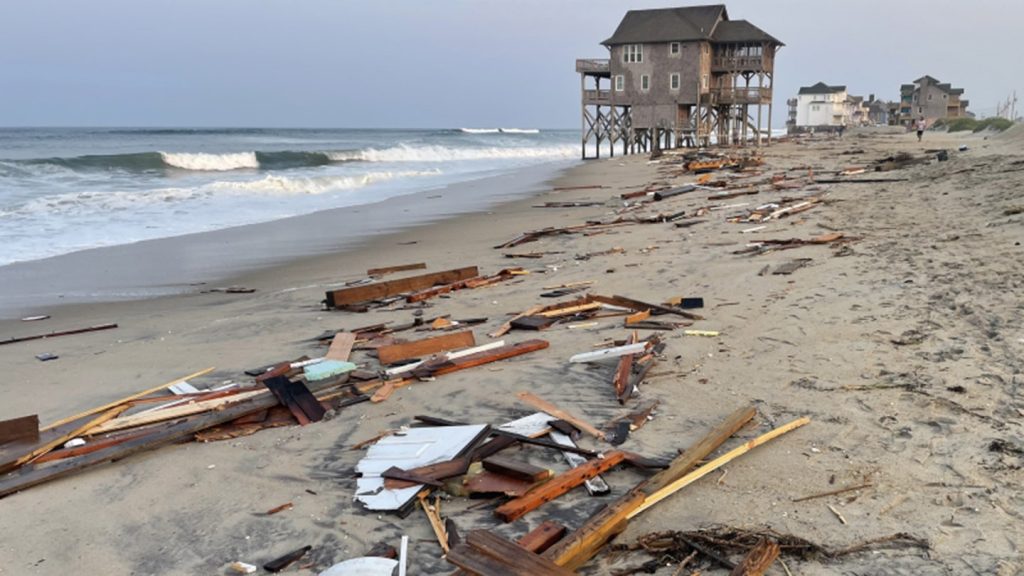The vulnerability of shorelines to coastal erosion is exacerbated by rising sea levels due to climate change. Coastal engineers have limited methods to address erosion, such as building seawalls or trucking in sand, but these methods are not sustainable in the long term. Injecting plastics or other substances to consolidate sand could harm the environment.
A new method proposed by researchers at Northwestern University involves passing low voltage electricity through seawater-soaked sands to induce the formation of minerals that bind sediments. This mineralization process can create a tube of rock, similar to limestone, which could strengthen shorelines and slow erosion. The minerals created include calcium carbonate and magnesium hydroxide, with strength tests revealing that the rock is one-tenth as strong as concrete.
The newly formed rock could help shorelines resist erosion by stabilizing sandy areas at the bases of cliffs or firming up foundations beneath shoreline structures. It could also be used to repair cracks in existing concrete structures. The process is eco-friendly and cost-effective, estimated to be between $3-$6 per cubic meter of seawater-soaked sand. This is much more economical compared to trucking in sand, which can cost $14-$30 per cubic meter.
The mineralization method has the potential to address coastal erosion in a sustainable and affordable way. By using low voltage electricity to induce the formation of minerals in seawater-soaked sands, shorelines can be strengthened and erosion slowed. This method offers a promising solution to a pressing environmental issue, providing a cost-effective and eco-friendly alternative to traditional erosion control methods.
As shorelines continue to face the threat of erosion due to rising sea levels, innovative solutions like mineralization through low voltage electricity offer hope for sustainable coastal management. The research conducted by Northwestern University demonstrates the potential of this method to strengthen shorelines and protect coastal areas from the impacts of erosion. By harnessing the power of electricity to create minerals that bind sediments, this method could revolutionize how we approach erosion control and shoreline protection in the face of climate change.


